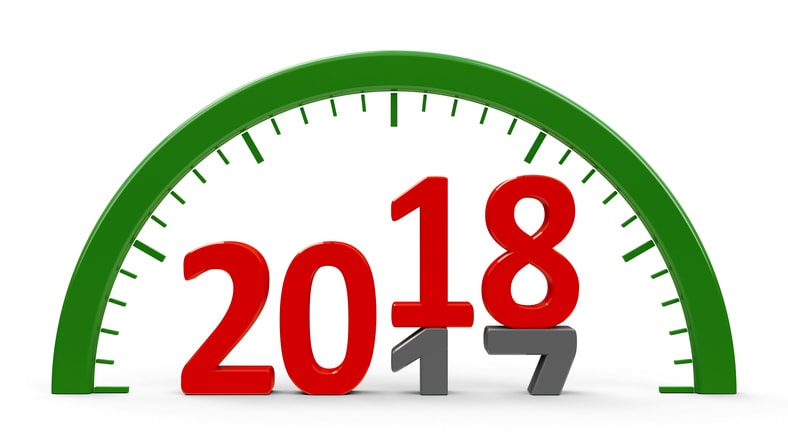By Todd Waletzki – Chief Operating Officer, BenefitMall
With so many things to do this time of year, it can be easy to overlook the importance of planning. The tasks that come with year-end activities add to the workload of HR and payroll departments regardless of company size. As payroll professionals, we can tell you that the key to staying ahead of year-end is to start preparing now.
Getting ready for the end of the year involves multiple tasks including checking and confirming data, scheduling year end bonuses, and preparing for next year through education and training. Let us look at these tasks in a little bit more detail.
Checking and Verifying Data
A successful and stress-free year-end relies on having accurate data. So, between now and the end of the year, your payroll department should be checking employee and employer data for accuracy. Sensitive data that needs to be checked and verified include:
- employee names and social security numbers
- employee benefit information, like retirement plan data or medical insurance deductions
- employer information, such as federal and state identification numbers and rates
The “Top 3 Payroll Must-Dos” infographic highlights the most commonly overlooked year end payroll tasks. Good accounting practices throughout the year guarantee that none of the data you will need at year-end is missing. The earlier you check and verify, the more time you will have to correct inaccuracies.
Scheduling Year End Bonuses
When processing a bonus payroll, it is important to plan ahead and process bonus payrolls with adequate lead time. This will ensure timely delivery and the opportunity to review the accuracy of the checks prior to the check date.
As a bonus will often push an employee’s pay into a higher tax bracket for that pay period, it is important to consider the tax implications for the employee on a local, state and federal level before running the bonus payroll. The Percentage Method Bonus Calculator can be used to estimate bonus pay and tax withholding amounts. Remember that bonus earnings are taxable in the year in which they are received.
Preparing for Next Year
After the final payroll run of the year and before the first run of the next year, certain kinds of data should again be checked and verified. Examples include:
- employee changes for federal or state income tax
- minimum wage changes
- benefit election changes (e.g.; medical, dental, 401(k))
An important and often overlooked task in preparing for year-end is to start looking at training opportunities that will get your HR department ready for 2018. For example, is your payroll department ready for a tax reform package that could come out of Washington by the end of this year? Does your payroll department know the basics of how a repeal and replacement of the ACA would affect payroll processing? Find ACA resources at www.HealthcareExchange.com.
Small businesses should be looking at taking advantage of as many training options as possible. Training on the following topics is especially important at year-end:
- ACA compliance
- Fringe benefits taxation in relation to W-2 reporting
- IRS efforts to combat tax fraud through payroll year-end reporting
- Security procedures to avoid tax fraud via W-2 phishing
- Adjusting overtime pay procedures in light of proposed rule changes.
It is impossible to know everything that could be coming down the pike in the coming year, but what we already know suggests that payroll will be subject to some significant changes in 2018. It is best for employers to start getting prepared now by making sure their payroll departments are properly trained. To stay informed, read the latest views and insights from experts on payroll, compliance and more.
With a little planning you can avoid the most common year-end pitfalls, your payroll will be more accurate, and you can avoid fines, fees and penalties that often accompany late adjustments.
Todd Waletzki is the Chief Operating Officer of BenefitMall.







